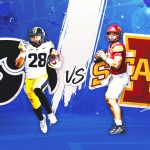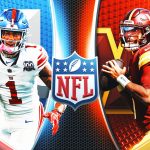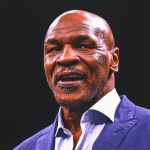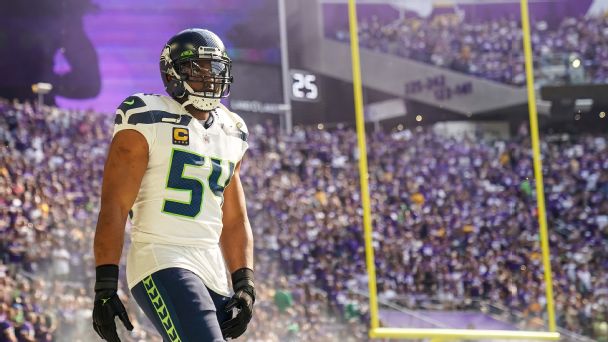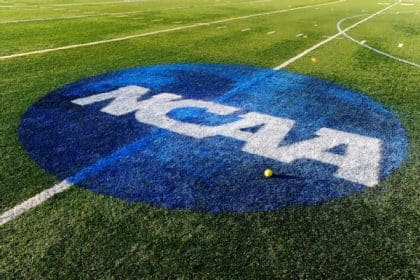
SEATTLE — The Seattle Seahawks‘ surprising decision to withdraw the restricted free agent tender on safety Ryan Neal last week was a product of how active they’ve been in free agency and how much they still have to do.
With the makeover of their front seven still far from complete, the Seahawks still want to add more pieces to their defensive line. But their atypical spending spree has left them tight against the salary cap, so much so that they parted with a productive and popular back-end player in Neal to save less than $3 million.
“There’s a lot of work to do still, we know that,” coach Pete Carroll said at the owners meetings last week before the Seahawks rescinded Neal’s RFA tag. “We’re faced now with different circumstances to deal with, just because we’ve spent a lot of money already … but we have a lot of work to do. We’ve got a couple of great spots for guys who want to come here.”
In an effort to overhaul a linebacker corps and defensive line that badly underperformed last season, the Seahawks made a rare splurge on defensive end Dre’Mont Jones before adding defensive tackle Jarran Reed and linebackers Bobby Wagner and Devin Bush on smaller deals.
But their losses have outnumbered their additions in the front seven. Seattle released defensive linemen Al Woods, Quinton Jefferson and Shelby Harris, while also letting linebacker Cody Barton and defensive end L.J. Collier leave as free agents.
With Woods gone and Bryan Mone coming off a December ACL tear — general manager John Schneider said he won’t be ready until the second half of the season, per the Seahawks’ website — nose tackle remains the thinnest spot up front.
The Seahawks want to bring back unsigned Poona Ford into that role having played out of position last year. Bruce Irvin also remains unsigned, but it’s unclear if he wants to continue playing. The Seahawks brought in veteran Mario Edwards Jr. for a visit and remain interested, though he’s best suited for the Jones role as a three-technique/D-end.
Myles Adams and practice-squad player Jarrod Hewitt are the only other interior defensive linemen on Seattle’s roster, which helps explain the urgency Carroll expressed in re-signing Ford.
“I’m hoping we can keep talking,” Carroll said. “Really, we’d love to have him back and we need him to come back, so we’re actively involved with that.”
The Seahawks need an outside linebacker to start opposite Uchenna Nwosu, assuming they want to keep Boye Mafe and Darrell Taylor in rotational roles. They’ll get some help depth-wise with last year’s fifth-round pick, Tyreke Smith, returning from injury.
Bush is projected as a starter at inside linebacker alongside Wagner, at least until Jordyn Brooks returns from his December ACL tear. Carroll has hinted that Wagner may play primarily on early downs in his return to Seattle. The rest of that plan may include free-agent addition Julian Love replacing him on passing downs while Jamal Adams — who is coming off surgery to repair a torn quad tendon — plays linebacker in those situations.
“It’s coming along,” Schneider said at the owners meetings of Seattle’s defensive makeover, per The Seattle Times. “It’s definitely coming along. We definitely need three or four more guys that we need to help out on that side. But the quality of guys we’ve added, I’m really happy about it.”
The Seahawks are not expected to fill all those spots before the draft. And with the No. 5 and No. 20 overall picks plus two second-rounders, they don’t have to. Not that they could afford to sign that many veteran players.
With Neal’s $2.672 million tender no longer on the books, the Seahawks are listed with a hair over $6 million in cap space, according to OverTheCap. But taking into account what it will cost to sign a projected draft class that includes four picks in the top 52 and 10 selections in all, OTC has the Seahawks at around negative $3.6 million in effective cap space. That figure doesn’t reflect the other money the Seahawks will have to earmark for their practice squad and in-season injury replacements, which means they have a significant amount of work to do in order to free up cap space.
They could do so via simple restructures with Adams, Quandre Diggs or Tyler Lockett, though they typically view that maneuver as a last resort since it borrows cap space against future seasons. It also increases the potential dead money in a player’s contract, something they may want to avoid with Adams as he enters what looks like a make-or-break season.
Extending Nwosu would free up some cap space by lowering his $13.01 million cap number, though it may not be feasible from a cash standpoint given the significant signing bonus it would entail. Between the deals for Geno Smith, Jones, Jason Myers and the eight other free agents they’ve added or re-signed, the Seahawks have committed more than $71 million in signing bonus money.
That’s what Schneider meant when he told reporters that the Seahawks are “pretty tapped out,” both cap- and cash-wise.
“This will be more of a recruiting process than anything, and I’ll need the players to really help us on that as well as the coaches,” Carroll said, referring to the team’s financial crunch. “But we’ve got some spots that we’ve got to fill, and they’re going to be crucial. I’m hoping some guys will see that this is a great opportunity for them to come in and be part of something really good.”
— ESPN’s Lindsey Thiry contributed to this report

